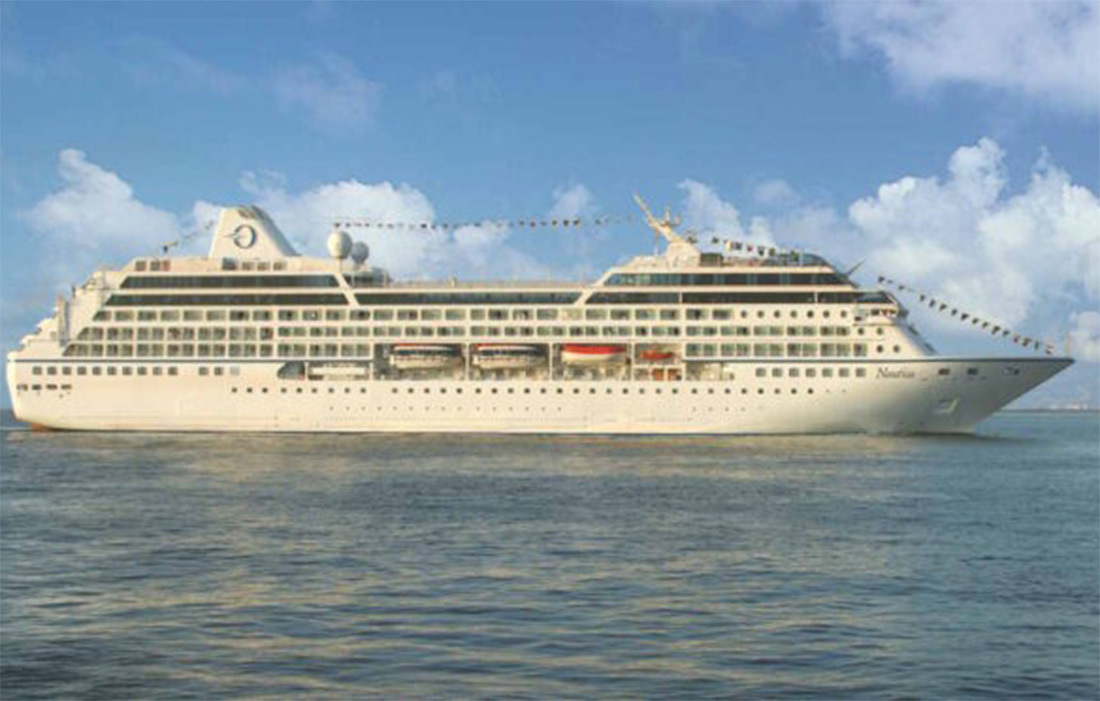A fresh perspective: Why the Dominican Republic deserves some revision time
“Some of the mangroves look like giraffes,” Edison grins, pointing to a clearing in the tangle of undergrowth along the water’s edge. “See, look.” Sure enough, two gnarly tree trunks crane toward the sky, their roots sprouting downwards like legs, loosely taking on the form of a pair of long-necked creatures. It’s one of many enchanting sights lining the narrow waterway that runs between Laguna Gri Gri – a peaceful lagoon in the quiet fishing village of Río San Juan – and the ocean on the northern coast of the Dominican Republic. Thick mangroves have bordered this route for more than 200 years, occupied by birdlife like white egrets and vultures.
The water is equally abundant: you’ll often see locals fishing for oysters. It’s not long before the mangroves clear and the winding channel opens out on to the North Atlantic Ocean, where large fishing boats are returning with hauls of red snapper. Our small blue dinghy presses on over the waves – a larger, more luxurious vessel in its sights – and we’re soon hopping aboard the Marlin Chaser motor yacht, where Dickson is waiting with a silver tray of fizzing champagne flutes. We spend the next few hours bobbing leisurely along the coastline, admiring the luxury hotels, villas and private homes perched atop cliffs and tucked into golden coves. A steady stream of fizz and food is served as the sky blushes against the evening sun; some guests go for a sunset swim. By the time we return to the mangroves, the sky is a hot pink and the waterway is stirring with the squawks of wildlife waking up for the night shift.
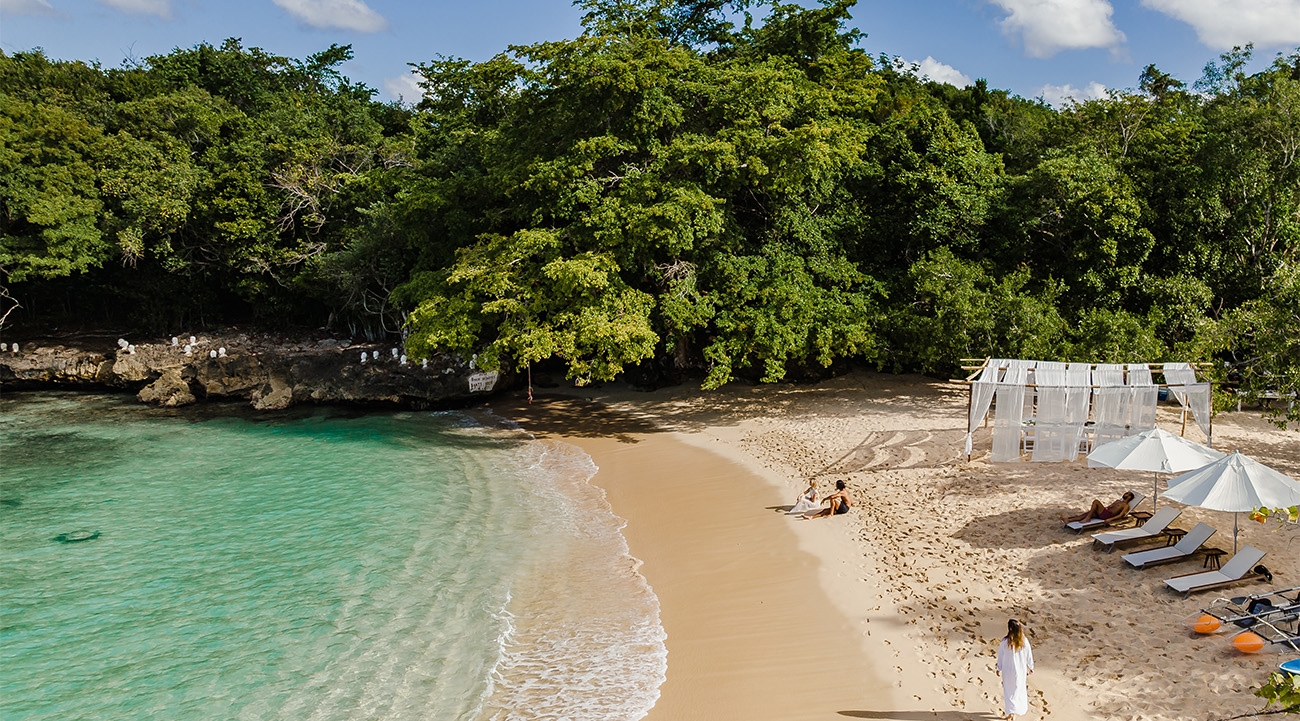
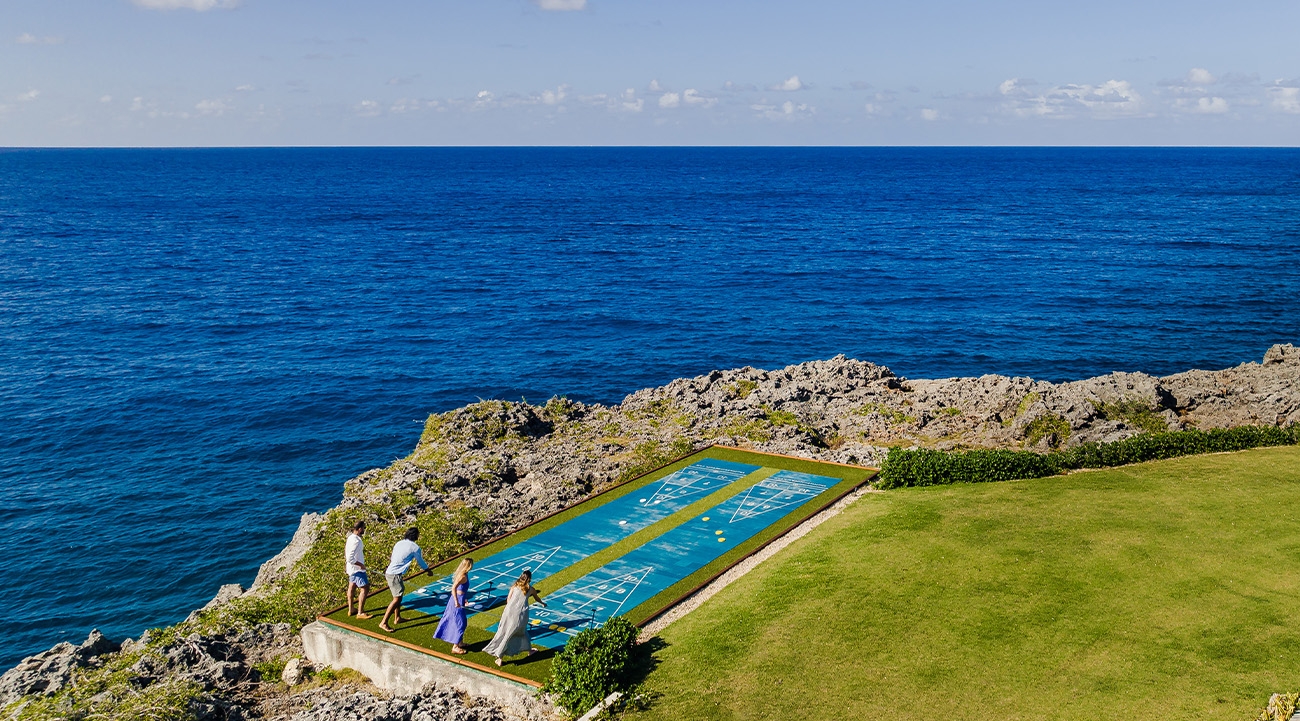

Continent in miniature
Earlier in the week, we spent sunny days traversing the country’s leafy interior: hiking to waterfalls to watch locals jump from precarious heights off the rocks, and swimming in freshwater cenotes – the perfect antidote to the steamy climate. It’s all evidence there’s significantly more to the Dominican Republic than most might realise. The country’s reputation as a mecca for all-inclusive resorts, budget holidays and party-loving youngsters couldn’t be further from the diverse destination that lies before me. Those in the know refer to it as a blend of Sri Lanka and Costa Rica – a heady mix of natural wonders, authentic experiences and considered luxury product – and after just one visit, I can’t help but agree. Travellers’ generalised perception of the Dominican Republic is something boutique luxury DMC Bonvidó has been trying to change since its inception in 2019.
“There was this feeling that it was just a low-budget, all-inclusive destination,” Dominican-born founder Sergio Taveras says. “And sure, that exists, but that’s not all it is. It’s like thinking Mexico is just Cancun or Majorca is just Magaluf. Our focus has been on showing the Dominican Republic as us Dominicans live it.” So how do they live it Sergio describes the destination as a “continent in miniature”, explaining: “You have the history and culture – [capital] Santo Domingo is the first European settlement of the Americas. We have over 30 dive sites and we have the highest peaks in the Caribbean, below zero degrees in temperature, which gives you great coffee and tobacco.” His list goes on.
“We have desert dunes, super-green mountains and white-sand beaches like in Punta Cana. We are the number-one kitesurfing destination in the Caribbean and the number-one blue marlin fishing destination in the world. We have fantastic golf as well as yachting, canyoning, watersports, wellness – you name it.”
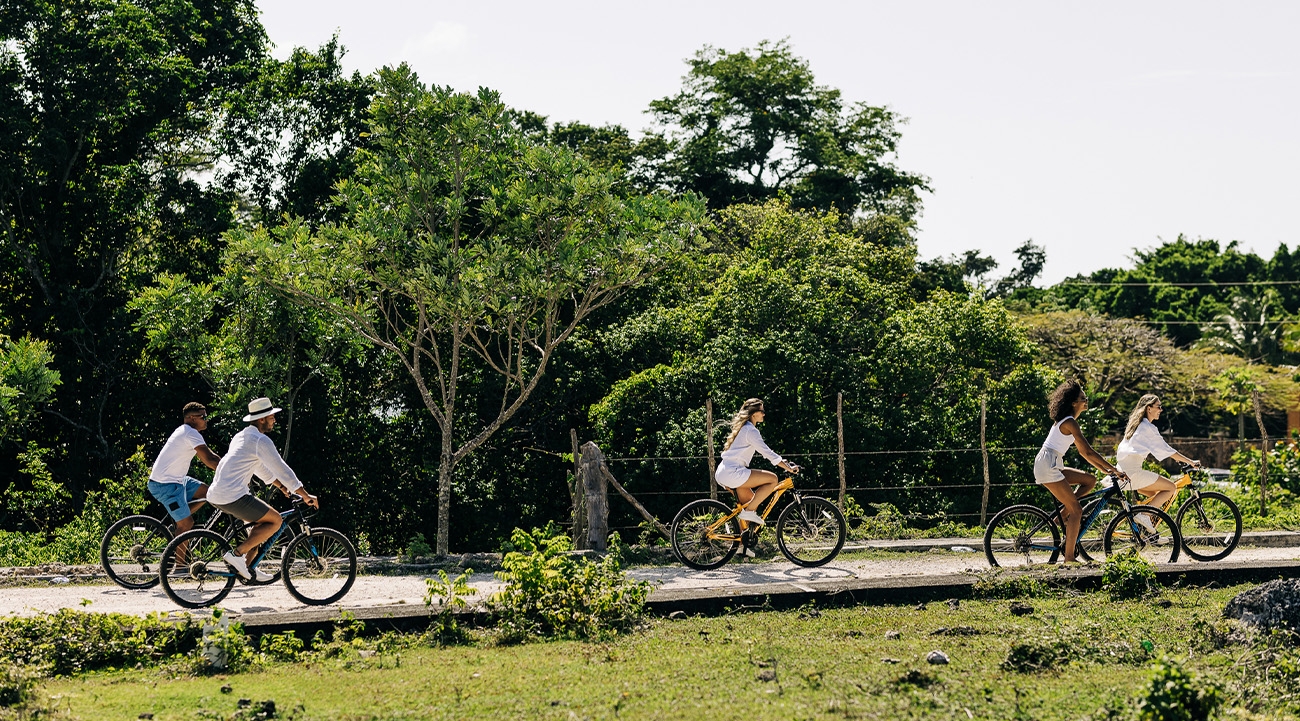
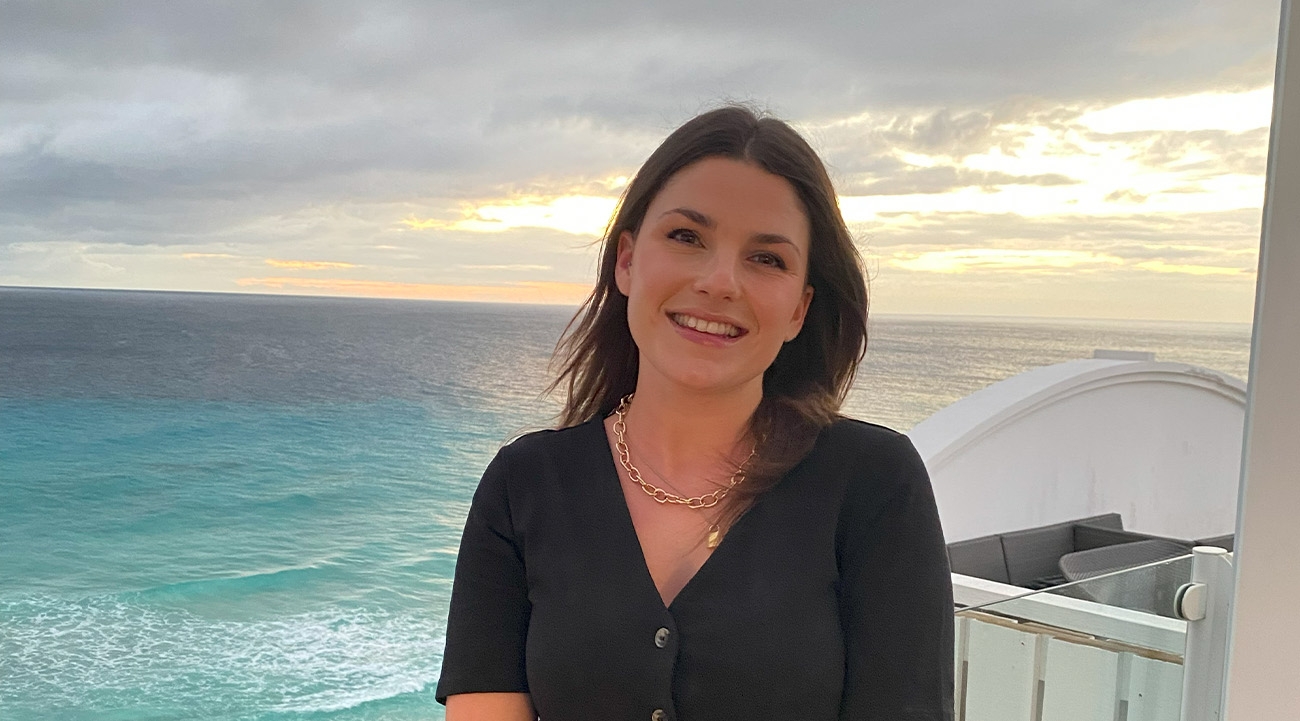
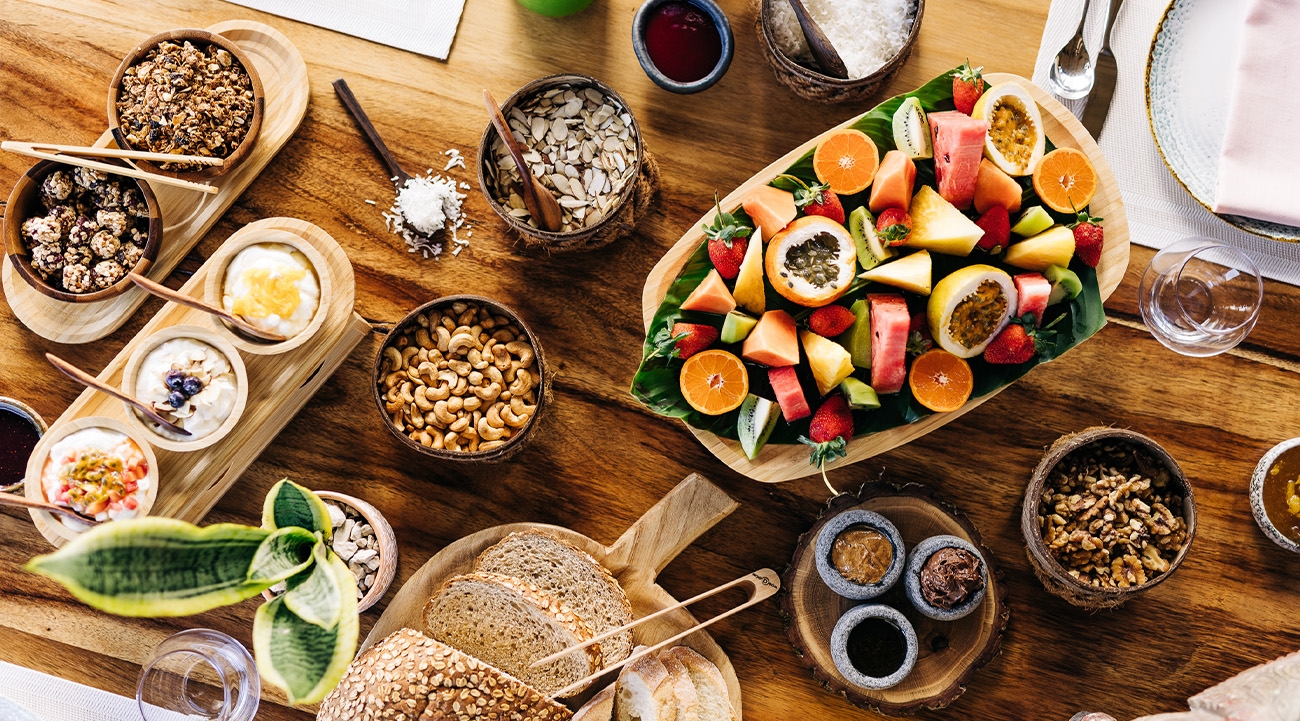
Luxury living
The Dominican Republic’s luxury product has also never looked so enticing. Alongside a healthy selection of high-end hotels, the destination boasts unique concepts like Àni Dominican Republic, an exclusive-use, 14-suite private resort giving a whole new meaning to the term all-inclusive. Occupying a private peninsula on the north coast between Cabarete, the birthplace of kitesurfing, and the whale-rich Samaná Peninsula, Àni Dominican Republic is a haven of solitude for up to 28 guests, with more than 30 members of staff catering to every whim and worry.
Here, inclusions are as decadent as they come: a team of chefs crafting daily tailored menus; free-flowing beverages and snacks; all-day pool butlers; daily spa treatments; personal training; childcare and babysitting services; and myriad activities including cooking classes, paddleboarding and arts and crafts for kids. Suites and communal areas are spread across multiple pavilions dotted between neat lawns and foliage and connected by wooden walkways. Capacious suites are dressed in dark wood and onyx, with plump beds, timber-clad outdoor showers and private terraces offering 270-degree vistas of the Atlantic.
The property has been designed to capitalise on views and maximise airflow: two larger communal pavilions stirred by ceiling fans feature high-pitched roofs and open walls. Each is anchored by an infinity pool and a well-stocked bar, while deep sofas and swing chairs set among pursuits like shuffleboard, pool and darts offer a front-row seat to sunset. The playground continues elsewhere, with tennis and pickleball courts, diving platforms into the ocean, a gym, spa and – perhaps the greatest discovery of all – a full-sized waterslide.
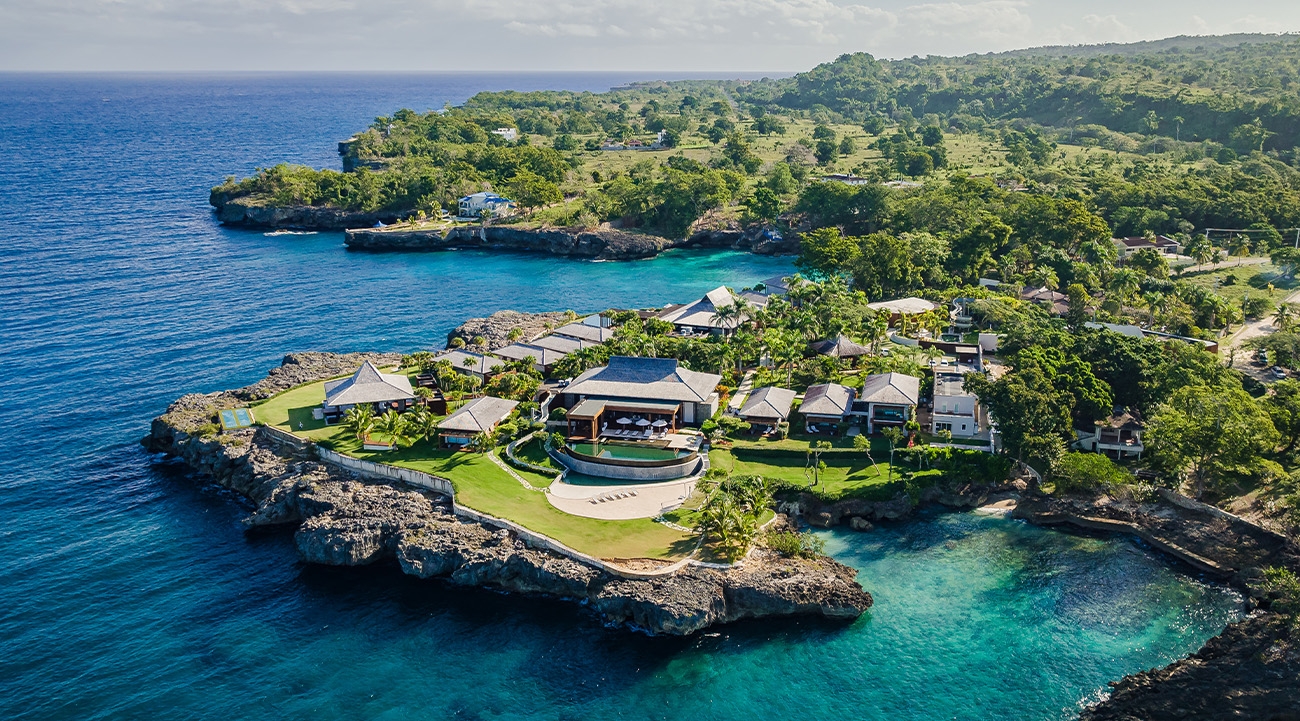

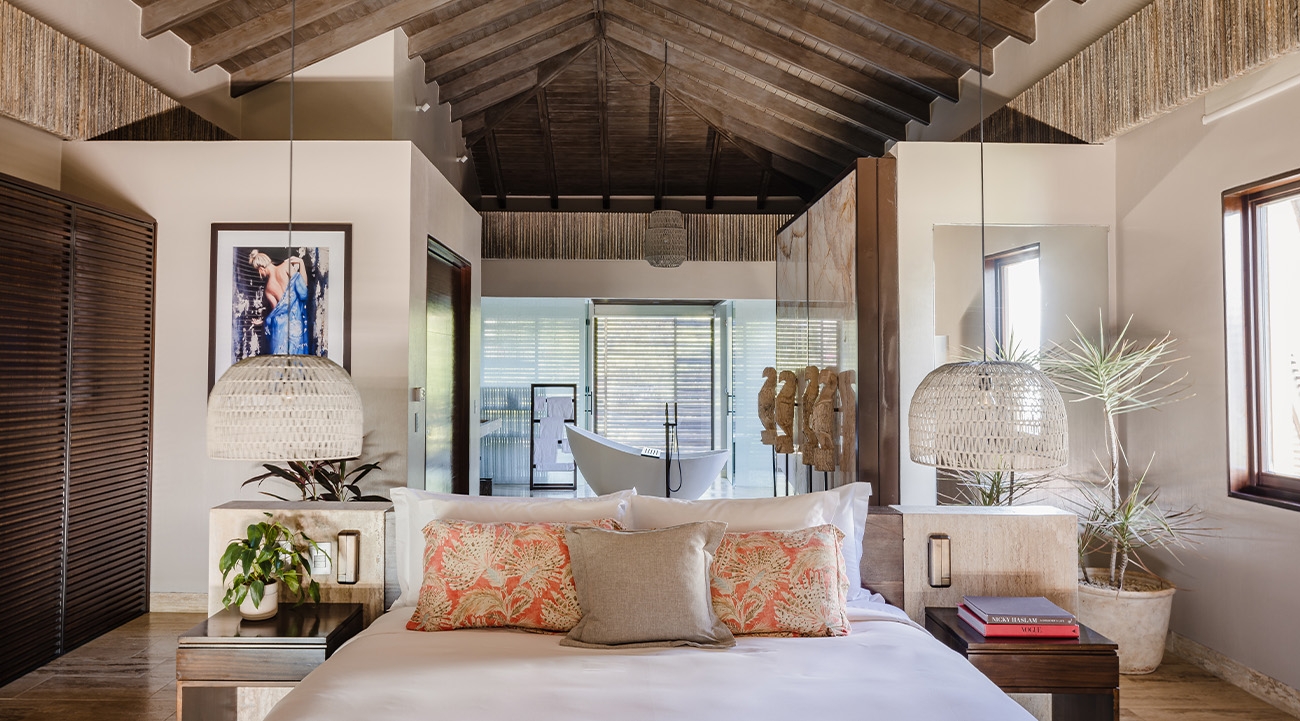
Art and soul
Like Sergio, the team at Àni are keen to connect guests with the heart and soul of the Dominican Republic, which is why its all-inclusive offering also spans an impressive selection of experiences. As well as visiting Laguna Gri Gri, we enjoy a private beach barbecue in the shade of coconut palms, and a poolside rum-tasting and cigar-rolling masterclass with local artisans. Another day, we take an early morning hike with Edison and gawp as the countryside morphs into a Garden of Eden, with trees proffering treasures galore: avocados and almonds, mangos and lychees, bananas and breadfruit, cashews and cocoa.
But a stay at an Àni resort – there are others in Anguilla, Sri Lanka and Thailand – isn’t complete without visiting the Àni Art Academies, the driving force behind the brand’s tourism offering. The non-profit organisation was set up simultaneously with Àni Private Resorts in 2010 by Tim Reynolds, who, following a life[1]changing accident, is said to have decided to fill the world with artists, rather than fill his home with art. The academies offer a multi-year art skills education to aspiring local artists. The brand currently operates six academies and has aspirations to grow to 20. On a visit to Àni Art Academies Dominicana in Río San Juan, I meet apprentice Karla, who has been on the programme for seven months.
“You can come here and put your headphones in and zone out,” she says. “It’s like therapy.” Some of her more advanced peers have already started earning through the academy’s art exhibitions and via commissions from Àni’s resort guests, with sales going directly to the artists. Back at base, on our final night, we light lanterns and make wishes as they float over the ocean, tiny flecks of light against the yawning midnight sky. It’s not a wish I make, but a thank you – for the power of travelling, the beauty of connection, and the reminder to never judge a book – or destination – by its cover.
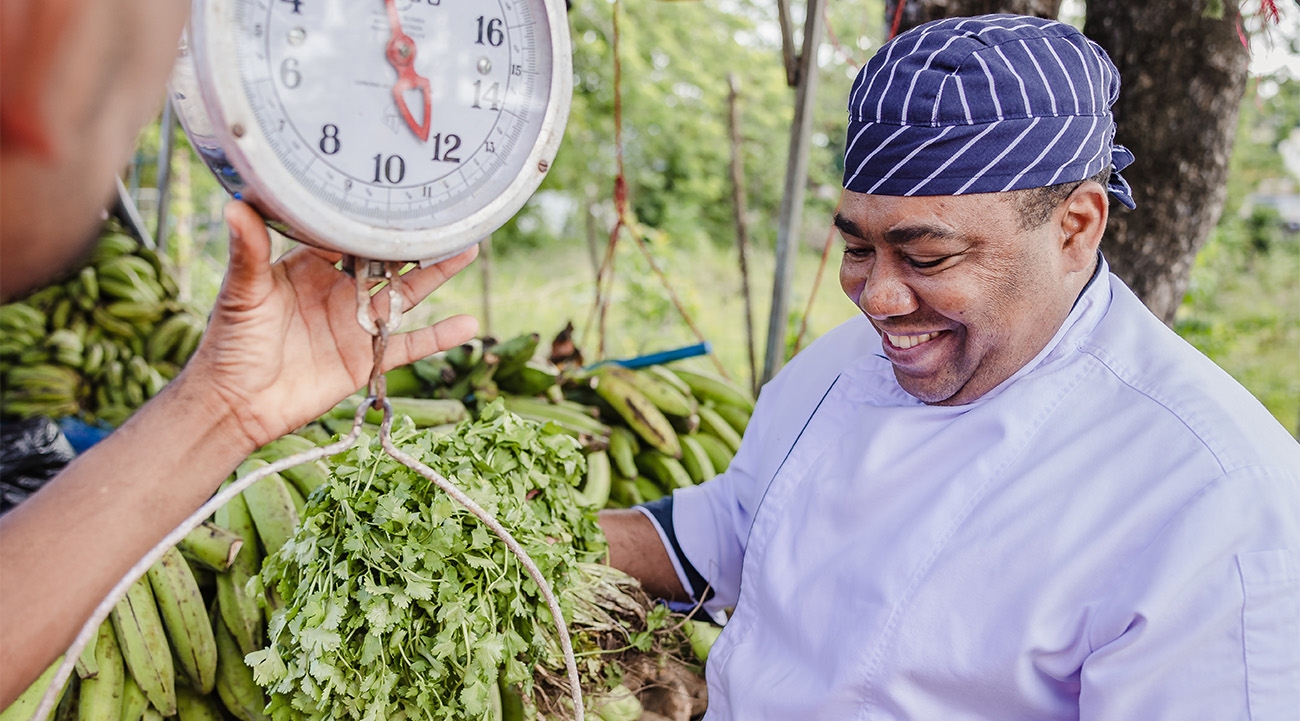
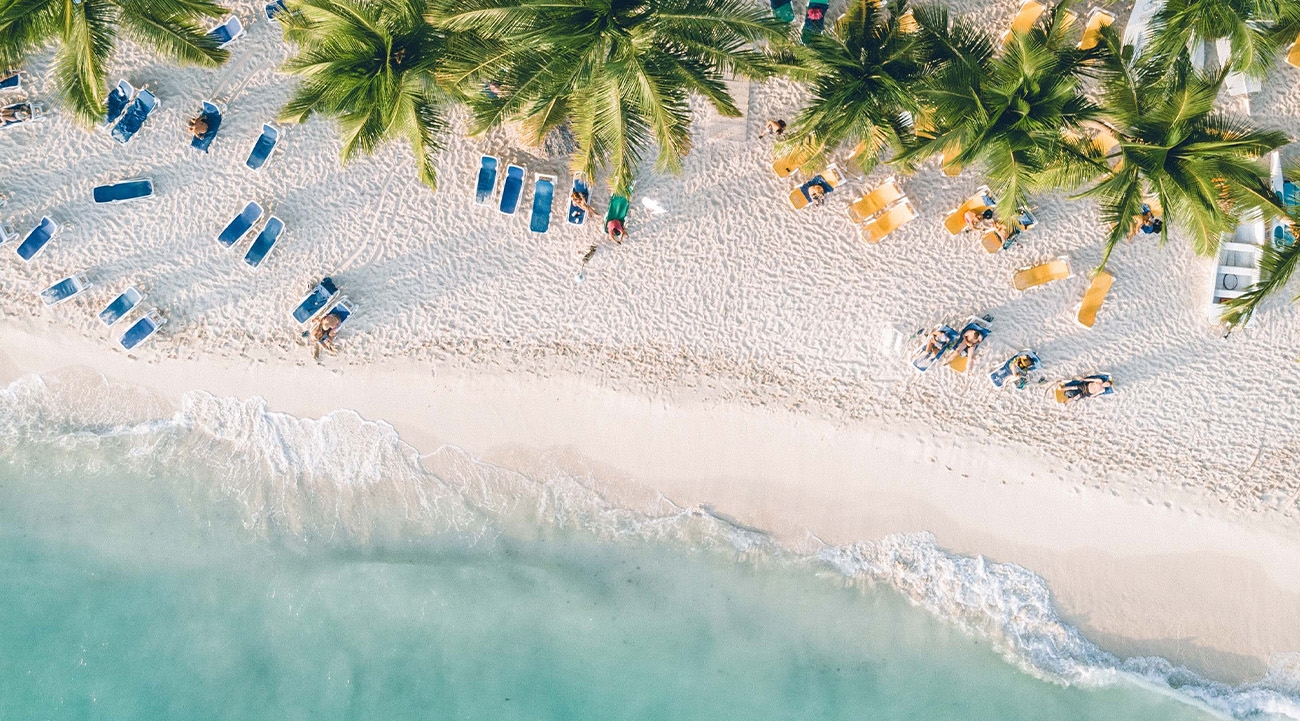

Not to be missed, 5 luxury hotels
Sergio Taveras, chief executive and founder of dominican republic-based boutique dmc bonvidó, shares his pick of the country’s top luxury hotels
1. Tortuga Bay Hotel at Puntacana Resort & Club: This is the only hotel designed by Dominican fashion designer Oscar de la Renta. The 30-room property is quite special.
2. Eden Roc Cap Cana: The only Relais & Châteaux hotel in the country, Eden Rock Cap Cana has added rooms and villas as part of a recent renovation.
3. Amanera: Arguably home to the best views and probably a better beach than Punta Cana. It’s a fantastic property. They’re doing a really good job and the way that they’re training their team is really helping the community.
4. Casas del XVI: Located in Santo Domingo, this hotel is our top seller. It’s a collection of former colonial houses from the 16th century restored in a very tasteful way.
5. The Ocean Club, a Luxury Collection Resort, Costa Norte: Home to the only L’Occitane spa in the Caribbean and with great food and beverage outlets. They’ve got a restaurant by Dominican chef Inés Páez who prepares Indigenous recipes in a modern way.
Book it: Reservations start from $15,000 per night for six suites. Guests must book a minimum of five nights.
aniprivateresorts.com


